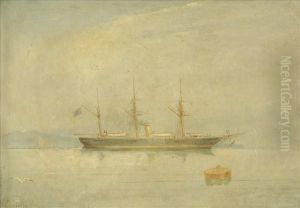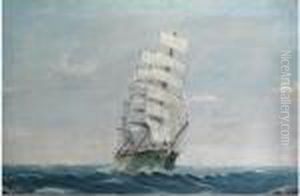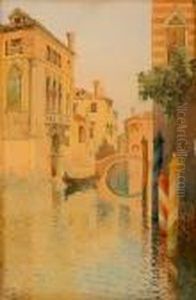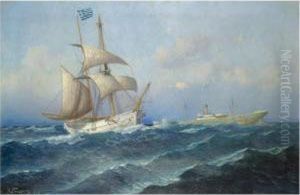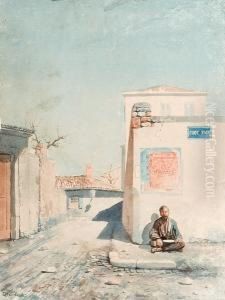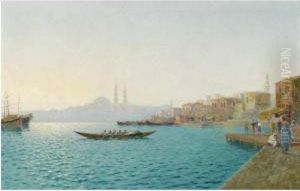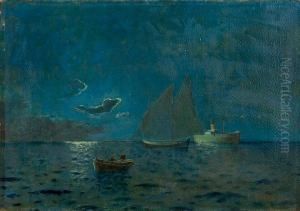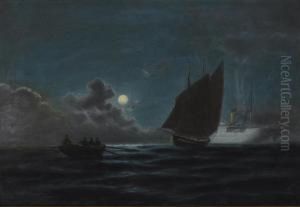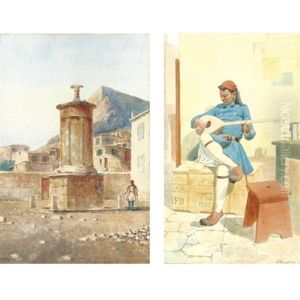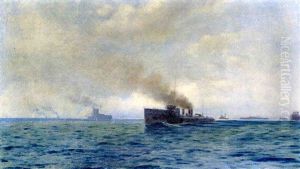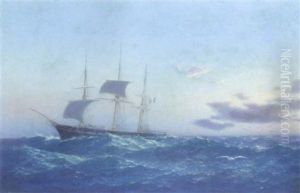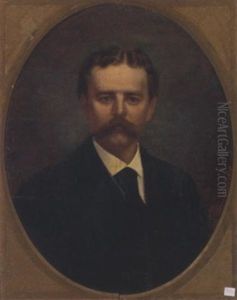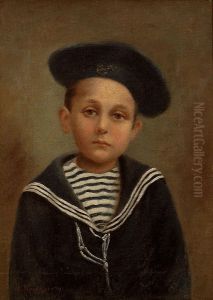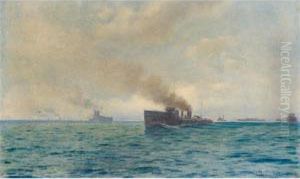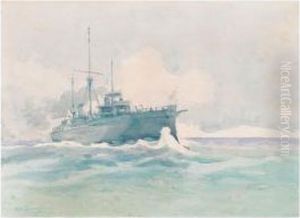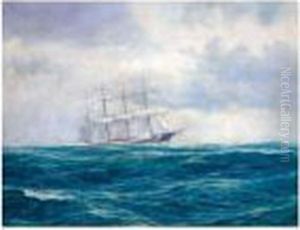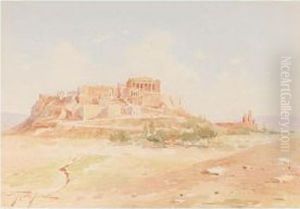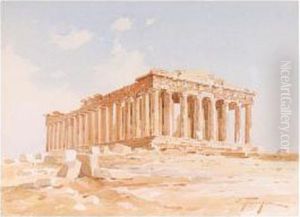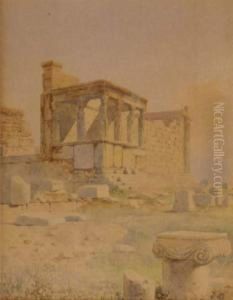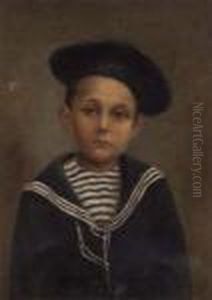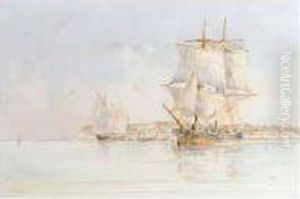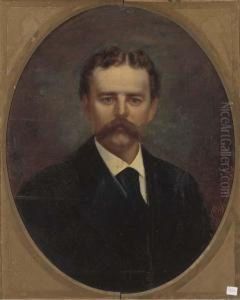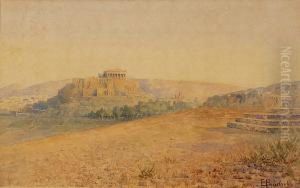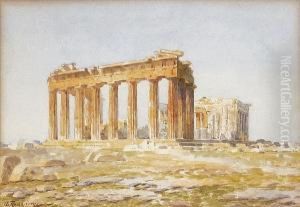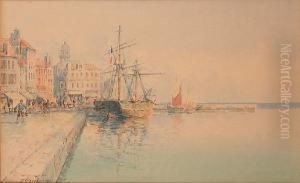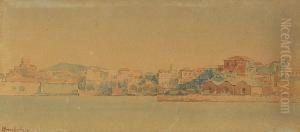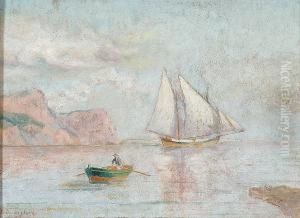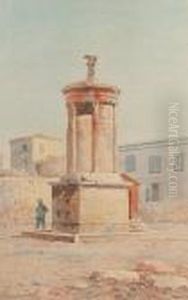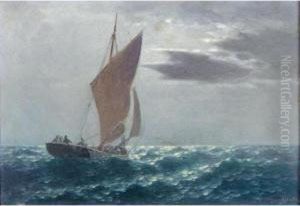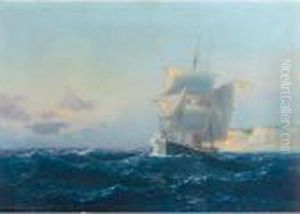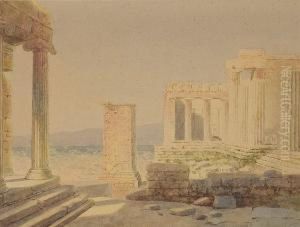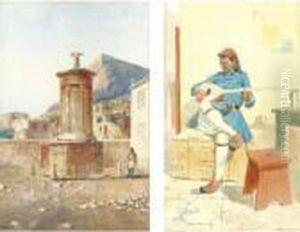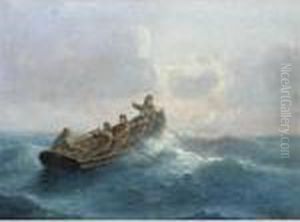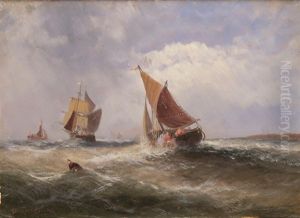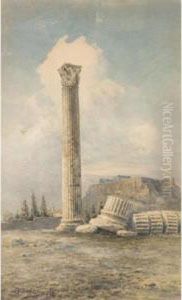Emilios Prosalentis Paintings
Emilios Prosalentis was a prominent Greek painter, recognized for his significant contribution to the art scene during the 19th century. Born in Corfu, Greece, in 1789, Prosalentis hailed from a family with a rich artistic heritage. His father, Spyridon Prosalentis, was also a notable painter, and it was under his guidance that Emilios initially began his artistic training. The artistic environment of his family played a crucial role in shaping his future endeavors in the arts.
Emilios Prosalentis's journey in the arts led him to further his education and refine his skills. He pursued his studies in Italy, which was a center for artistic development at the time, particularly in cities like Rome and Venice. During his time in Italy, Prosalentis was deeply influenced by the Italian Renaissance and Baroque styles, which is evident in his works. He was especially known for his proficiency in portraiture and historical scenes, which he executed with meticulous attention to detail and a classical sense of composition.
After completing his studies, Prosalentis returned to Greece, where he became a pivotal figure in the Greek art scene. He was among the first artists to contribute to the establishment of the modern Greek state's cultural identity through art. His works often depicted themes from Greek history and mythology, resonating with the sense of national pride during the period following Greek independence from the Ottoman Empire.
Prosalentis was not only a painter but also an educator. He played a significant role in the founding of the Corfu School of Art, where he also served as a teacher. His commitment to education helped nurture a new generation of Greek artists, and his influence extended beyond his own works. Emilios Prosalentis passed away in 1873, leaving behind a legacy as one of the fathers of modern Greek painting. His artistic vision and dedication to art education have cemented his status as a key figure in the history of Greek art.
